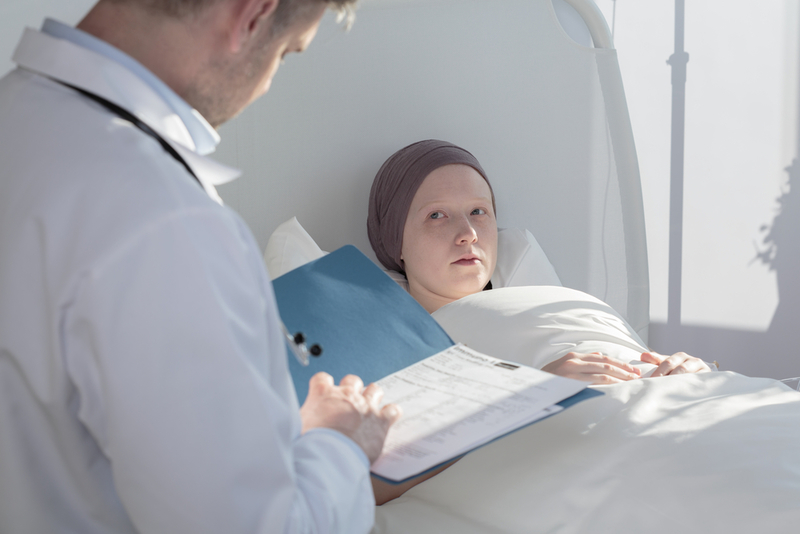Drug-light combo could offer control over CAR T-cell therapy
Newswise Oct 17, 2019
Bioengineers at the University of California San Diego are a step closer to making CAR T-cell therapy safer, more precise and easy to control. They developed a system that allows them to select where and when CAR T cells get turned on so that they destroy cancer cells without harming normal cells.

The system requires two “keys”—the drug tamoxifen and blue light—to activate CAR T cells to bind to their targets. Just one key keeps the cells inactive. Researchers tested their system on live cell cultures as a proof of concept. Their next step is to do tests on tumors in mice.
“With our technology, we can have better control over CAR T-cell treatments in patients and potentially avoid non-specific targeting of organs and nonmalignant tissues,” said UC San Diego bioengineering professor Peter Yingxiao Wang, a co-senior author of the study. Researchers recently published their work in ACS Synthetic Biology.
Chimeric antigen receptor (CAR) T-cell therapy is a promising new approach to treat cancer. It involves collecting a patient’s T cells and genetically engineering them to express special receptors on their surface that can recognize an antigen on targeted cancer cells. The engineered T cells are then infused back into the patient to find and attack cells that have the targeted antigen on their surface.
This approach has worked well for some types of blood cancer and lymphoma. But a major problem, Wang explains, is that it can work too well. Many targeted cancer antigens are also expressed on healthy cells, which can lead to attack of essential organs such as the heart, lungs or liver. This risk is known as “on-target, off-tumor toxicity” and can be life-threatening to patients receiving CAR T-cell therapy.
“Traditional CAR T cells are always on, meaning they continuously express an antigen-targeting receptor. Our approach was to engineer T cells that can be selectively turned on to express the receptor at a specific location and time frame,” Wang said.
Wang and colleagues engineered T cells that are only activated following a sequence of two inputs: treatment with the small molecule drug tamoxifen, followed by exposure to short pulses of low intensity blue light. “The chance to have accidental activation will be extremely low because you need both inputs at the same time. The drug primes the cells, and the light allows us to precisely guide where they get activated,” Wang said.
Initially, the CAR T cells are in standby mode. In order to turn on, two particular proteins (one outside the nucleus and one inside) need to bind together in order to trigger expression of the antigen-targeting receptor. The drug tamoxifen first binds to one of these proteins and helps it move into the nucleus, where the other protein awaits. Blue light then induces both proteins to combine. Any cells treated with the drug but not exposed to blue light remain in standby mode.
The light cannot penetrate deeply in the body, so Wang envisions that this approach could be useful for treating cancers on the skin, head and neck. He is now looking to collaborate with clinicians to do in vivo testing to treat melanoma.
-
Exclusive Write-ups & Webinars by KOLs
-
Daily Quiz by specialty
-
Paid Market Research Surveys
-
Case discussions, News & Journals' summaries